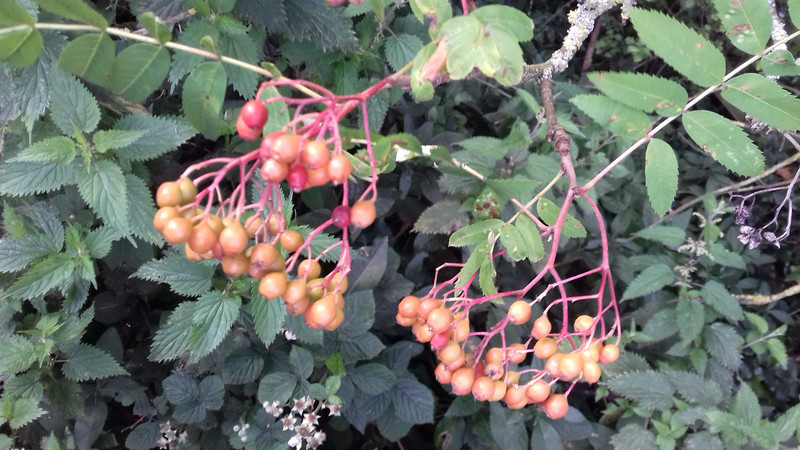
During the spring and summer, chlorophyll overpowers the other colors, and all we see is green. You may be surprised to learn that each leaf has small amounts of other colors in it year-round, even if we can't see them. If there is too much rain, the tree won't receive enough sunlight, and the leaves will not be brightly colored. If a tree doesn't receive enough water, the leaves will die faster and fall to the ground. Water also plays an important role in autumn leaf colors. The best weather for brilliant autumn foliage is sunny, warm days and cool nights. If the weather is too hot or cold, the leaves will not be as bright as they begin to change. While this is not true, weather can affect how vibrantly the colors appear. Many people mistakenly believe that weather makes leaves change color. As the chlorophyll fades, we are able to see other colors, such as orange and yellow, emerge. With fewer daylight hours, leaves are not able to make as much chlorophyll as they can during the long daylight hours of spring and summer. Chlorophyll is also what gives plants their green color.Īs summer ends and autumn begins, the days get shorter and shorter.

A chemical called chlorophyll helps the process of photosynthesis occur.

This process of converting water and carbon dioxide into oxygen and glucose is called photosynthesis. Sunlight helps turn water and carbon dioxide into oxygen and glucose, a sugar that the tree uses for food (energy) to grow. Each leaf on a tree is like a tiny solar panel, gathering sunlight the tree uses to make food. Before we learn why leaves change color in autumn, let's talk about what leaves do during the rest of the year.


 0 kommentar(er)
0 kommentar(er)
